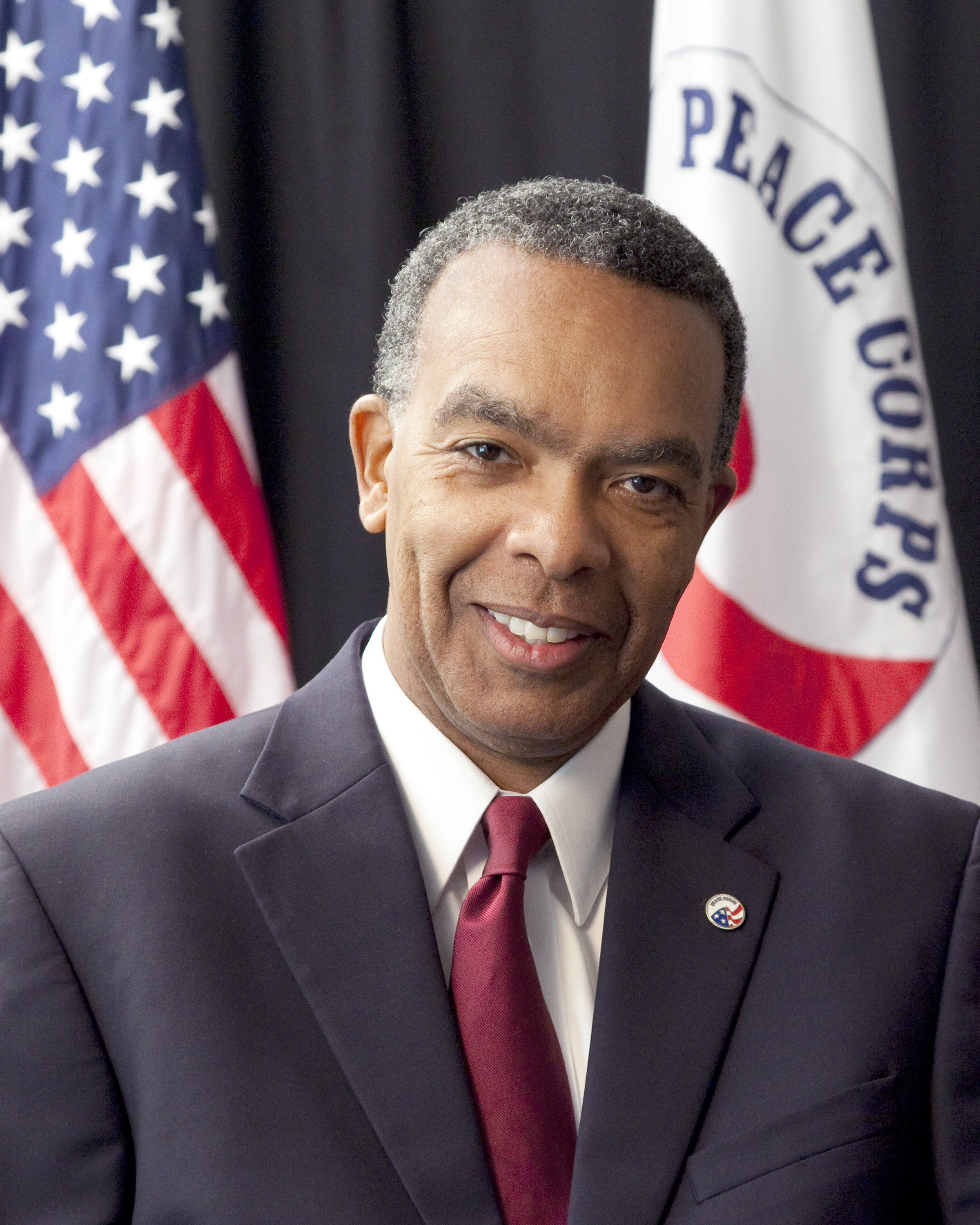
Editor's note: This post is part of the Celebrating Black History Month series, which highlights the work of African Americans from across the Administration who are contributing to the President's goals for winning the future.
Fifty years ago, President John F. Kennedy challenged Americans to serve people in need around the world. The eager response to Peace Corps ignited one of the signature service movements of our times. Since 1961, more than 200,000 Americans have volunteered through the Peace Corps to fight poverty, disease, illiteracy and a host of other challenges in 139 countries around the world. Although times have changed, the Peace Corps remains true to its mission or promoting world peace and friendship through 3 goals: 1. Helping the people of interested countries meet their needs for trained men and women; 2. Helping promote a better understanding of Americans on the part of people served; 3. Helping promote a better understanding of other people on the part of Americans.
 Every day, I am asked what it is like to volunteer. Like most returned Peace Corps volunteer I know, we serve as recruiters to the next generation of volunteers through our actions, anecdotes and cross-cultural understanding. For me, when I was coming out of college a few years ago, I was motivated by the legacy of public service as promoted by President Kennedy and Sargent Shriver. I was eager to try something new. The Peace Corps was the beginning of everything. It was the door to the rest of my life. I grew up on the south side of Chicago, and I was the first person in my family to finish college. My family expected me to do something practical with my degree, to start my teaching career. But I found myself drawn to the kind of public service that I had heard President Kennedy speak about.
Every day, I am asked what it is like to volunteer. Like most returned Peace Corps volunteer I know, we serve as recruiters to the next generation of volunteers through our actions, anecdotes and cross-cultural understanding. For me, when I was coming out of college a few years ago, I was motivated by the legacy of public service as promoted by President Kennedy and Sargent Shriver. I was eager to try something new. The Peace Corps was the beginning of everything. It was the door to the rest of my life. I grew up on the south side of Chicago, and I was the first person in my family to finish college. My family expected me to do something practical with my degree, to start my teaching career. But I found myself drawn to the kind of public service that I had heard President Kennedy speak about.
Applying to the Peace Corps was the biggest risk I’d ever taken in my life. My mother and my best friend were the few people who understood my desire to see the world. The flights that took me to the Peace Corps training center in San Diego and then on to the Dominican Republic were the first times I’d ever been on a plane. I worked in a small town as a teacher’s trainer, helping 50 rural primary school teachers earn their high school degrees. For two years, I visited the teachers in their communities on horseback, motorcycle, or by foot to help them apply new teaching methods. The teachers voluntarily attended all-day Saturday classes during the school year, and gave up their summer vacations for even more training. They wanted to become better teachers, to access better opportunities, and I was determined to do everything in my power to help them succeed. I worked hard to teach. I became their friend, their coach, and their colleague. But I also learned. I learned about other cultures, and about myself. And what I took back when I returned to the States was a belief in the power of unity and teamwork: That when we work together for a common goal, we can achieve magnificent things.
For me, as for so many others, the Peace Corps experience was nothing short of transformative—with an impact that has lasted far beyond those years abroad. It is my distinct honor to serve as the Peace Corps’ 18th director, the place that gave me my start And after seeing the inspiring work of the Peace Corps volunteers of today, I’ve seen that my story and experience is not unique. Peace Corps volunteers represent the best America has to offer, our generosity, compassion and hope. Peace Corps reflects the diversity of America, and in our 50th year, over 8,600 Americans ranging in age from 21 to 86, and from all 50 states, serve as Peace Corps volunteers in 77 countries. Today, there are more Americans serving as Peace Corps volunteers than any point in the last 40 years.
Visit Peacecorps.gov to learn more about volunteering.

